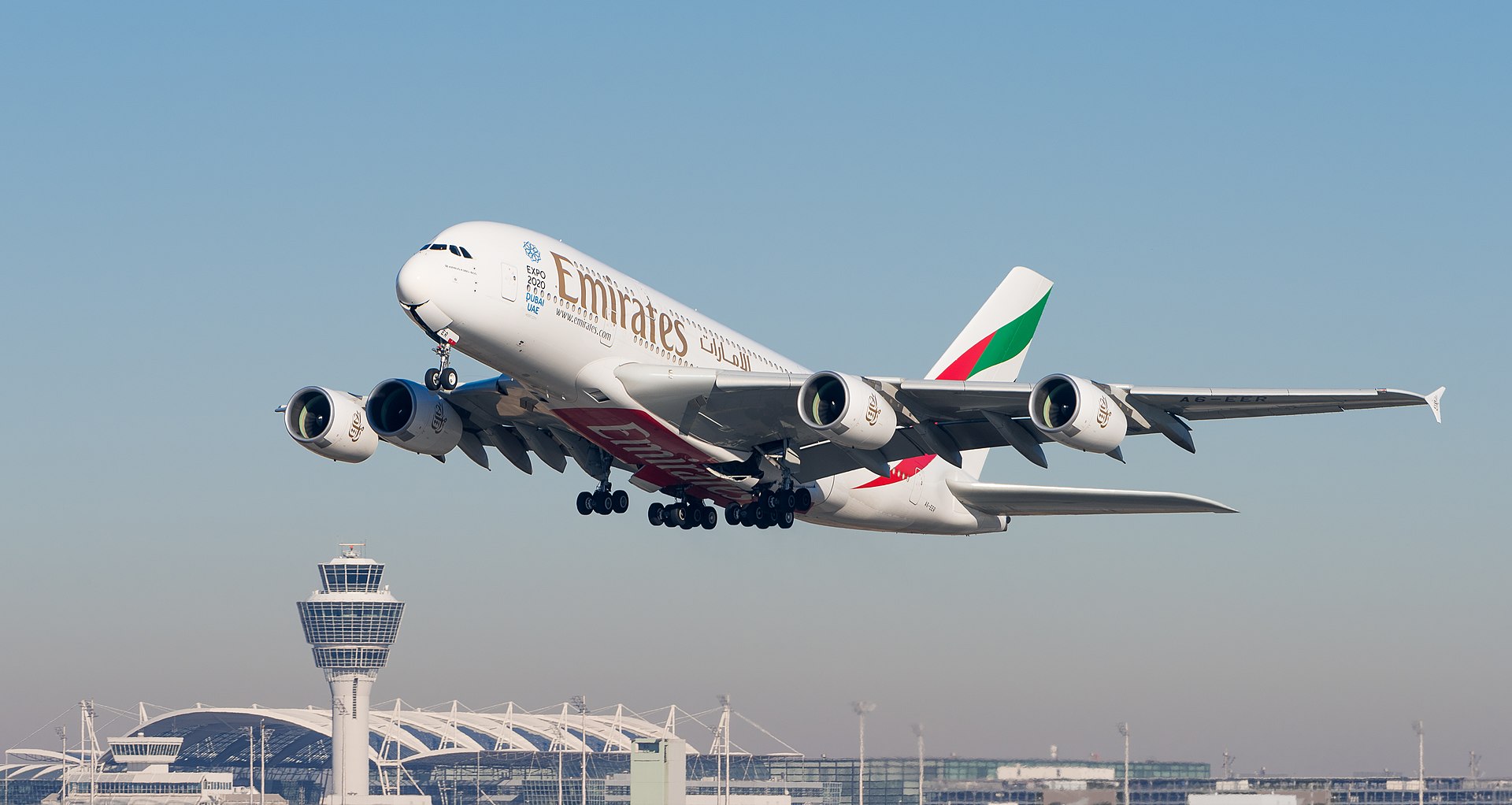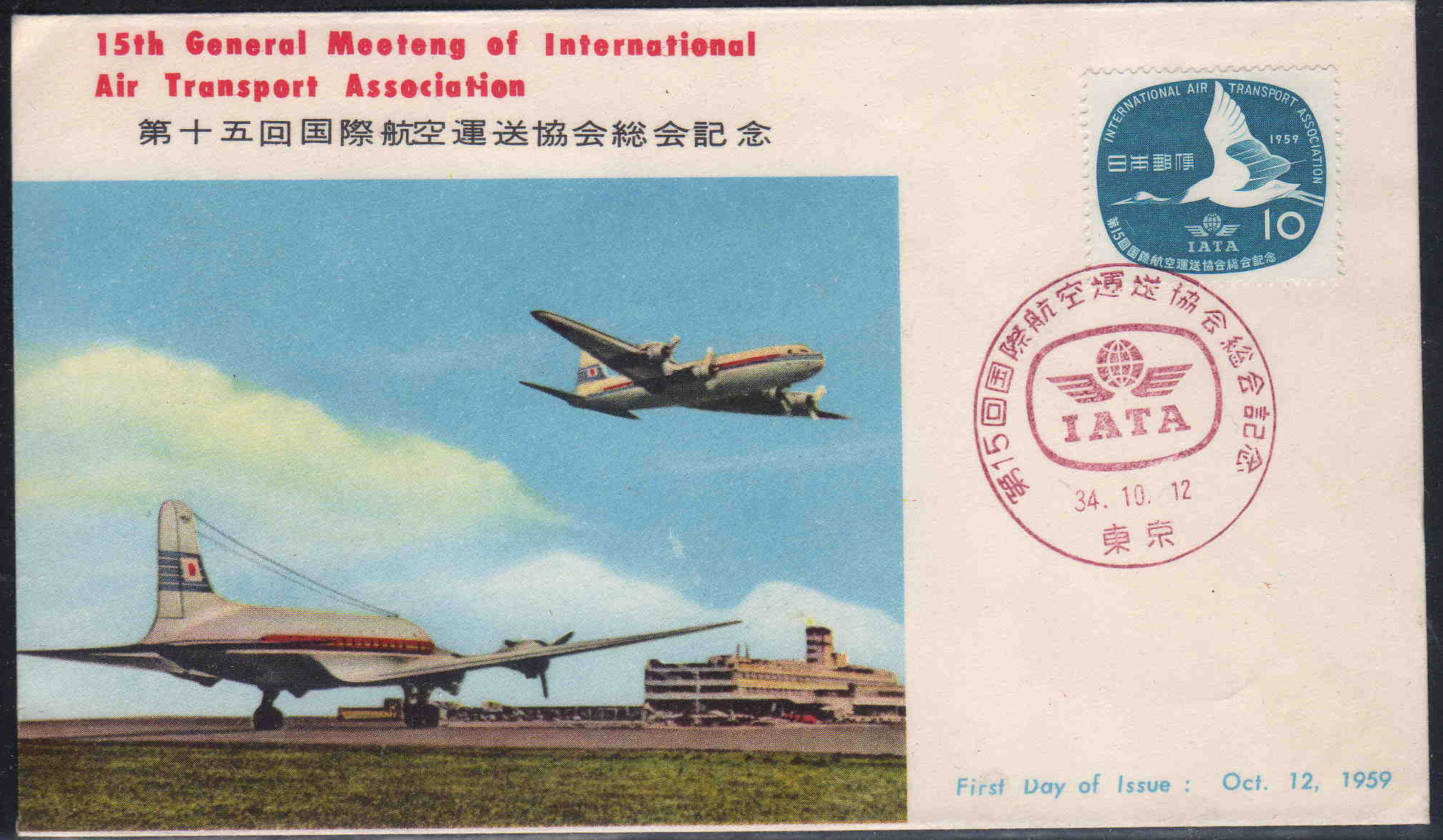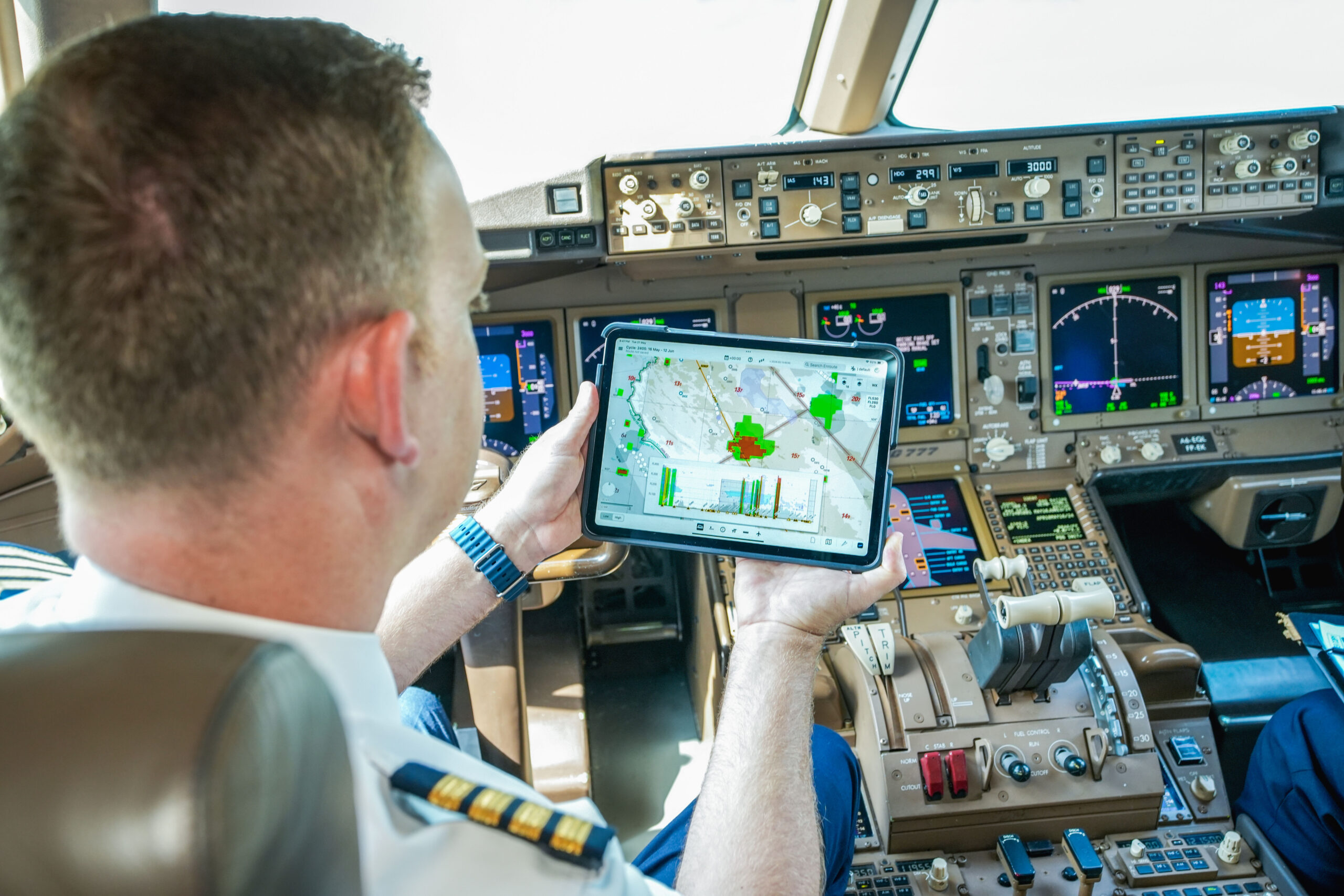
Emirates announced that it will be the first airline to integrate flight data for real-time accuracy with Lido mPilot from Lufthansa Systems to its planes.
The flag carrier of the UAE, largest airline in the Middle East, Emirates has officially collaborated with IATA Turbulence Aware Platform and is ready to operate Lufthansa Systems’ Lido mPilot (the mobile navigation solution) with great precision to tackle turbulence on board more than 140 of its aircraft. This action will eventually aid travelers by ensuring their safety, comfort, and security during flights.
What is Turbulence?
Turbulence is a phenomenon that occurs when the air currents flowing around an aircraft become unstable. Turbulence can be experienced in varying intensities due to irregular movement of an aircraft during flight. It is caused mainly by the rapid variation of atmospheric wind velocities. Turbulence might be convective turbulence, mechanical turbulence, or wind shear. The effect varies according to the size of the aircraft.
On the 23rd of May 2024, flight SQ321, operated by Singapore Airlines that took off from Heathrow, experienced clear air turbulence over Myanmar, due to which a British citizen lost his life on a flight. Over 12,000 Delta Airlines pilots currently use tablets equipped with turbulence forecasting tools. The tool allows them to check for the possibility of the development of clear air turbulence conditions along their flight paths. We might also see international carriers such as Qantas, Air France, and Lufthansa use such tools.
IATA’s Turbulence Aware Platform
Emirates Airlines has equipped more than 140 aircraft with new software to receive valuable turbulence information. The new platform will offer accurate turbulence information and future entropy for pilots to prepare and decide on the best paths to optimize every flight.
Emirates’ new aircraft, such as the Airbus A350 and Boeing 777-9, 777-8, and B787, will be enabled to participate in the program. The turbulence details will help raise knowledge regarding turbulence, its science, and the best possible remedies to get rid of it.
The IATA Turbulence Aware platform is a global, real-time, detailed, industry-wide, and data exchange platform that helps pilots and aviation professionals choose optimal flight paths, manage and control balance, identify problems, and finally minimize the effects of turbulence on flights. This will reduce fuel usage and cost, ultimately reducing carbon emissions. However, planes are engineered to withstand turbulence, but you must fasten your seatbelt to stay safe. The platform has ensured a safer flight for over 700 million passengers worldwide.
Lido mPilot
Lido mPilot is an all-rounder mobile navigational charting application by Lufthansa Systems. It provides terminal charts,data-driven interactive 3-D route maps, and Airport Moving Maps (AMM) with the most relevant information for pilots. It enhances pilot situational awareness, enabling pilots to focus on efficient and safe aircraft operations, reducing pilot information overload, and maintaining a better environment to tackle any kind of turbulence or aerial problems and plan accordingly.
Official words from Emirates Airline:
Divisional Senior Vice President, Captain Hassan Alhammadi, Flight Operations Emirates Airline said:
“Actively participating in IATA’s Turbulence Aware platform and equipping our pilots with a complement of the latest industry technologies such as the mobile navigation solution Lido mPilot from Lufthansa Systems are part of our commitment to ensure operational safety, efficiency, and customer comfort on every flight. We’re also proud to contribute data around turbulence through our Middle East network and extensive links across Africa, Asia, Australia, and other regions. It will help build sophisticated industry knowledge to effectively manage turbulence and evolving weather patterns with even more precision. This is only the beginning, and we are progressing with plans to integrate more cutting-edge technologies to elevate the flying experience even further, so our customers can enjoy smoother journeys.”
Official words from International Air Transport Association (IATA):
IATA’s Senior Vice President Commercial Products and Services, Frederic Leger said:
“Mitigating the adverse effects of turbulence is an industry wide challenge and obtaining accurate and live data is key in this endeavour. The cooperation between IATA Turbulence Aware, Emirates and Lufthansa Systems will further improve the quality and quantity of real time data made available to the industry, allowing for smoother and safer air travel for all.”

Official words from Lufthansa Systems:
Lufthansa Systems’ Product Owner Pilot Charting Apps, Andreas Medlhammer said:
“IATA Turbulence Aware data enhances the value of Lido mPilot by providing pilots with real-time, accurate and comprehensive information on turbulence, enabling them to make informed decisions and navigate more efficiently. By integrating this data into Lido mPilot, Emirates Airline can increase safety, reduce fuel consumption and minimize passenger discomfort, ultimately improving their operational efficiency and customer satisfaction.”

